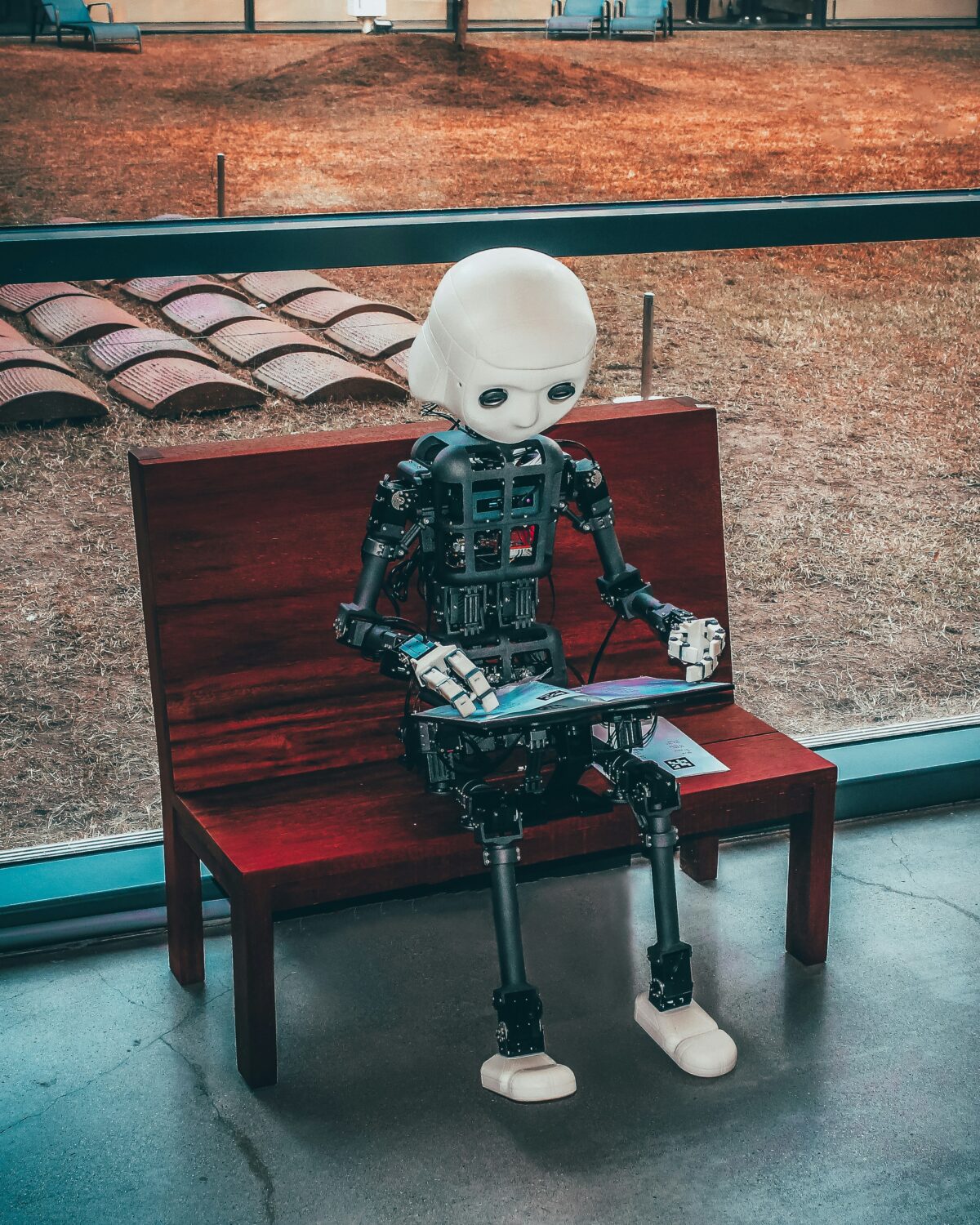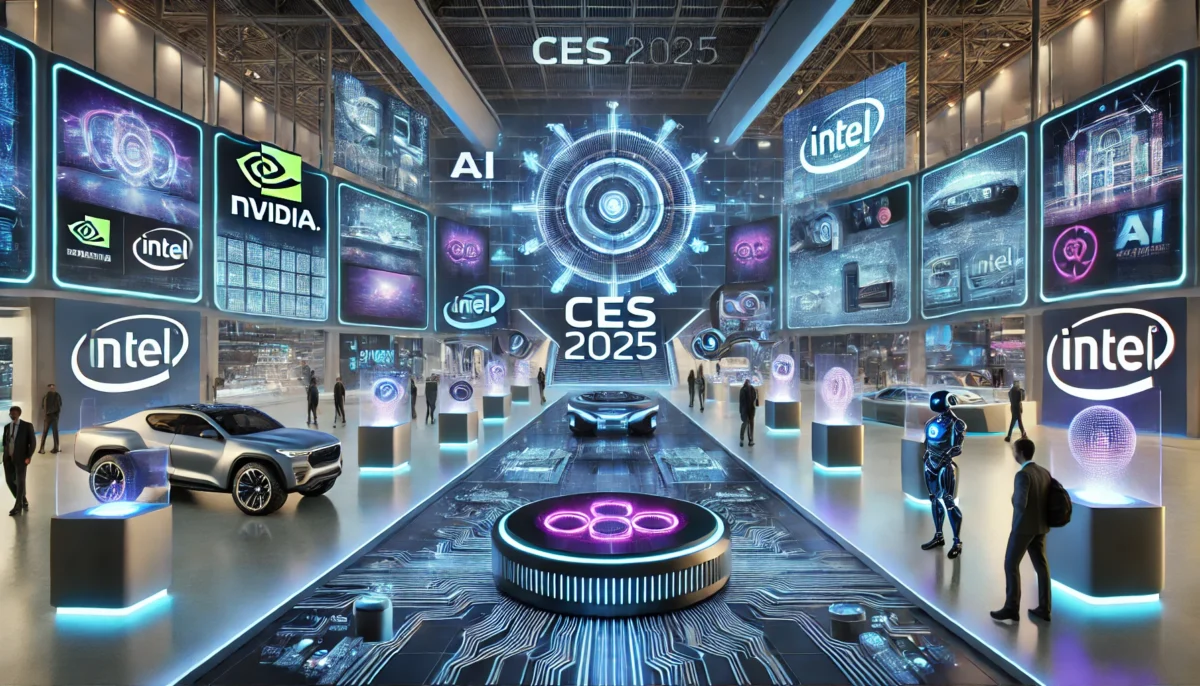Artificial Intelligence (AI) continues to evolve at a breathtaking pace, and 2025 is no exception. Two of the most exciting developments this year are Agentic AI and Multimodal AI. These technologies are not just buzzwords—they’re transforming how we work, create, and interact with the world. Let’s dive into what they are and how they’re making an impact.
Agentic AI: Your New Autonomous Assistant
Agentic AI refers to AI systems that can perform tasks autonomously, making decisions and executing workflows with minimal human input. Think of it as a super-smart assistant that doesn’t just follow orders but also figures out the best way to get things done.
Real-World Examples:
- Customer Service: Companies like Microsoft are using Agentic AI to handle customer inquiries, resolve issues, and even predict customer needs before they arise.
- Healthcare: In hospitals, Agentic AI analyzes patient data to recommend personalized treatment plans, saving doctors time and improving outcomes.
- Manufacturing: AI agents monitor equipment, predict maintenance needs, and optimize production lines, reducing downtime and costs.
While Agentic AI is incredibly powerful, it’s not without challenges. Ensuring accuracy and protecting sensitive data are top priorities as these systems become more integrated into our lives.
Multimodal AI: The Ultimate Content Creator
Multimodal AI takes AI to the next level by combining text, images, audio, and video into a single, cohesive system. This allows AI to understand and generate content across multiple formats, making interactions more natural and immersive.
Real-World Examples:
- Healthcare: Doctors use Multimodal AI to integrate patient data from medical records, scans, and voice inputs, leading to faster and more accurate diagnoses.
- Creative Industries: Content creators are leveraging Multimodal AI to edit videos, compose music, and even generate multimedia presentations in minutes.
- Consumer Devices: By 2025, 30% of devices, including smartphones and laptops, will feature Multimodal AI. Imagine your phone diagnosing a car issue just by analyzing a photo or sound recording!
Multimodal AI is not just a tool—it’s a game-changer for industries that rely on creativity and precision.
Why These Technologies Matter
Agentic AI and Multimodal AI are more than just technological advancements—they’re reshaping how we live and work. From automating mundane tasks to enabling new forms of creativity, these technologies are unlocking possibilities we once thought were science fiction.
As we move further into 2025, one thing is clear: AI is no longer just a tool; it’s a partner in progress. Whether you’re a tech enthusiast or just curious about the future, these innovations are worth keeping an eye on.
What’s Next?
Stay tuned as we explore more AI trends and their real-world applications. The future is here, and it’s powered by AI!



